Ear injuries

specialists

equipment

treatment
Symptoms of ear injury

If the auricle and external auditory canal are injured, a whole range of symptoms may appear:
- Wounds - presence of a wound, bleeding, accumulation of clots in the external auditory canal and hearing impairment, deformation of the auricle.
- Blunt trauma - no obvious wound, redness, presence of hematoma, change in the shape of the auricle cartilage, swelling.
- Burn – redness, blistering, skin detachment, in severe burns up to charring of tissue.
- Frostbite - pallor, which gradually gives way to redness (if complete frostbite has not occurred).
- Exposure to aggressive chemical compounds – the presence of limited lesions.
All these symptoms are accompanied by severe pain in the corresponding ear, hearing impairment due to swelling of the external auditory canal, and possibly a general reaction of the body to blood loss, pain shock.
Injuries to the middle and inner ear are characterized by decreased hearing, the appearance of tinnitus and lumbago, dizziness, imbalance, pain in the temporal bone (especially when a hematoma occurs). If the eardrum is injured, there is external bleeding from the tympanic cavity.
When injuries to the middle and inner ear are combined with general trauma (TBI), fractures of the skull bones, and injuries to the outer ear, corresponding symptoms are added.
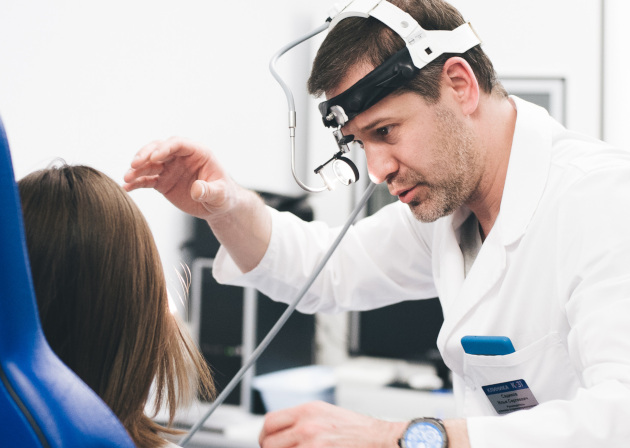
How is an appointment with an otolaryngologist at K+31?
Our doctors

This award is given to clinics with the highest ratings according to user ratings, a large number of requests from this site, and in the absence of critical violations.

This award is given to clinics with the highest ratings according to user ratings. It means that the place is known, loved, and definitely worth visiting.

The ProDoctors portal collected 500 thousand reviews, compiled a rating of doctors based on them and awarded the best. We are proud that our doctors are among those awarded.
Make an appointment at a convenient time on the nearest date
Price


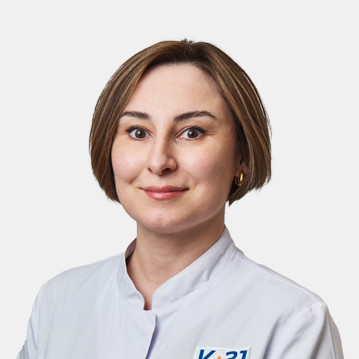

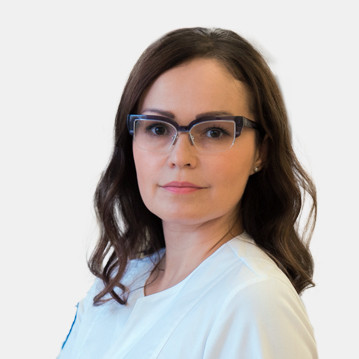
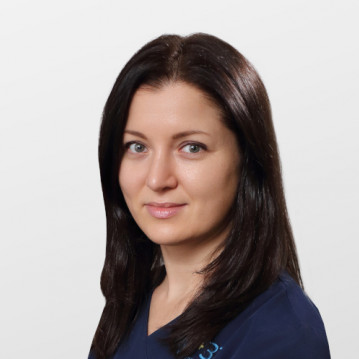

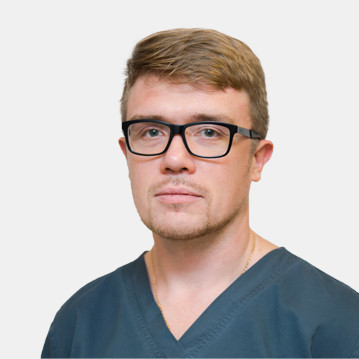
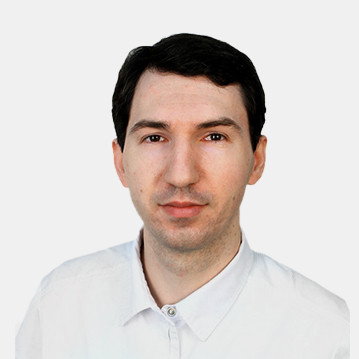

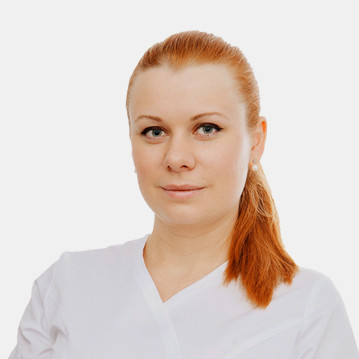
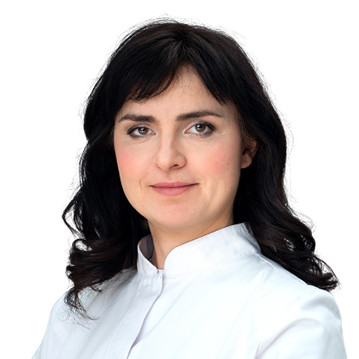

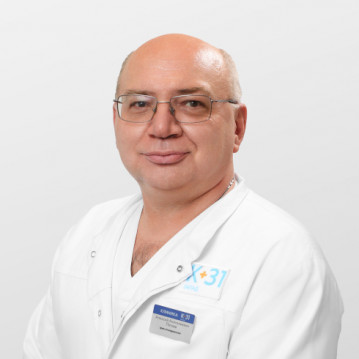
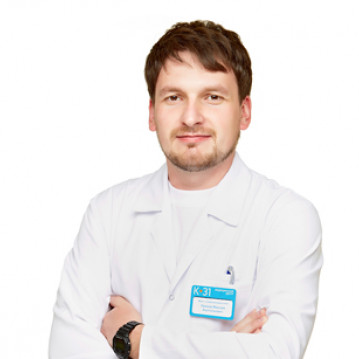
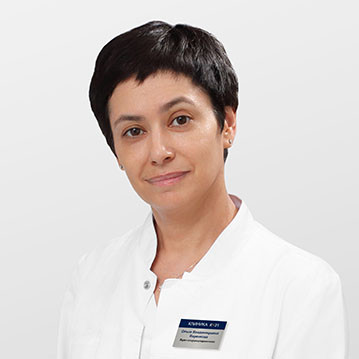
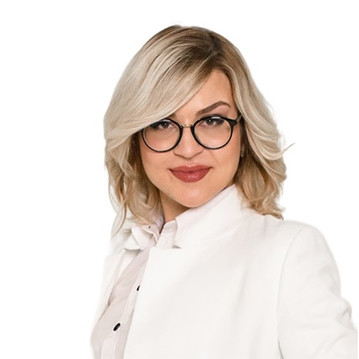
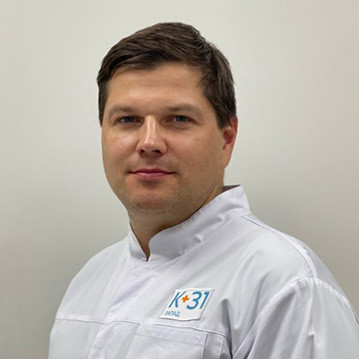
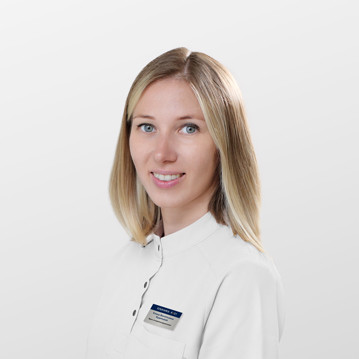
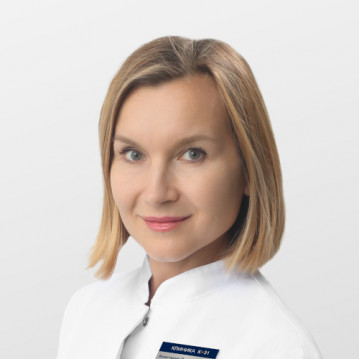
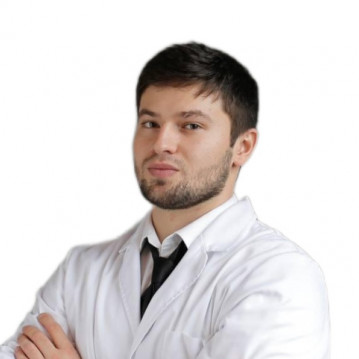

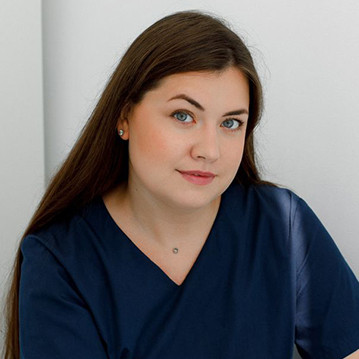
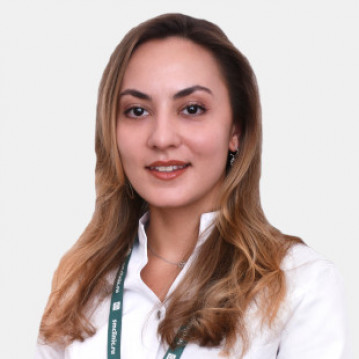





Types of injuries
Mechanical injury to the auricle is the most common. It can be sustained in everyday life, in a traffic accident, or during sports competitions. Injuries to the auricle are caused by a sharp or blunt object or a firearm.
The ears are exposed to thermal injuries (burns, frostbite), chemical exposure (in production, in laboratories). Along with the auricle, the external auditory canal is often injured during a blow, injury, burn, or frostbite.
Injuries to the middle and inner ear are, as a rule, one of the components of more severe, extensive damage to the body, for example, with traumatic brain injury (TBI), fractures of the bones of the base of the skull, lower jaw. Sometimes injuries to the middle and inner ear are combined with damage to the outer ear. Much less often, isolated trauma to the deep structures of the ear is observed, which occurs with barotrauma - a sharp surge in pressure between the external auditory canal and the tympanic cavity (military operations, rapid immersion under water or rise to the surface of the water).